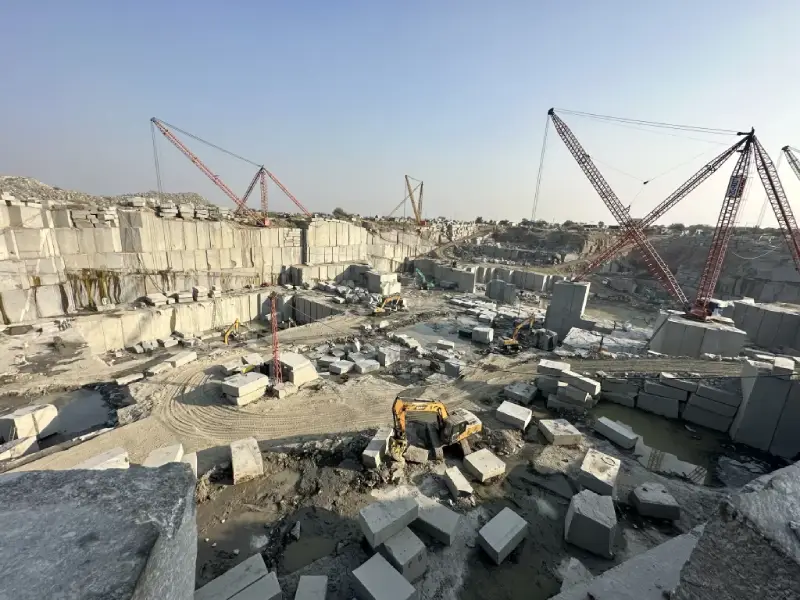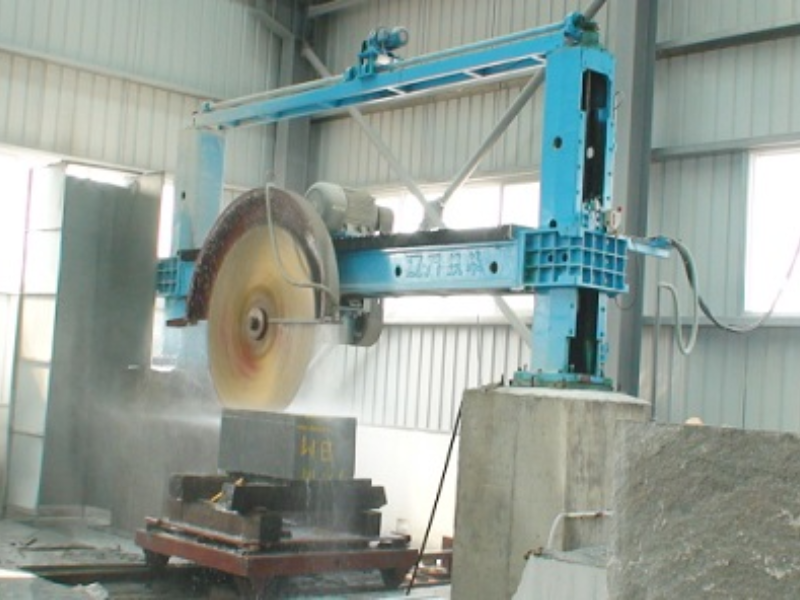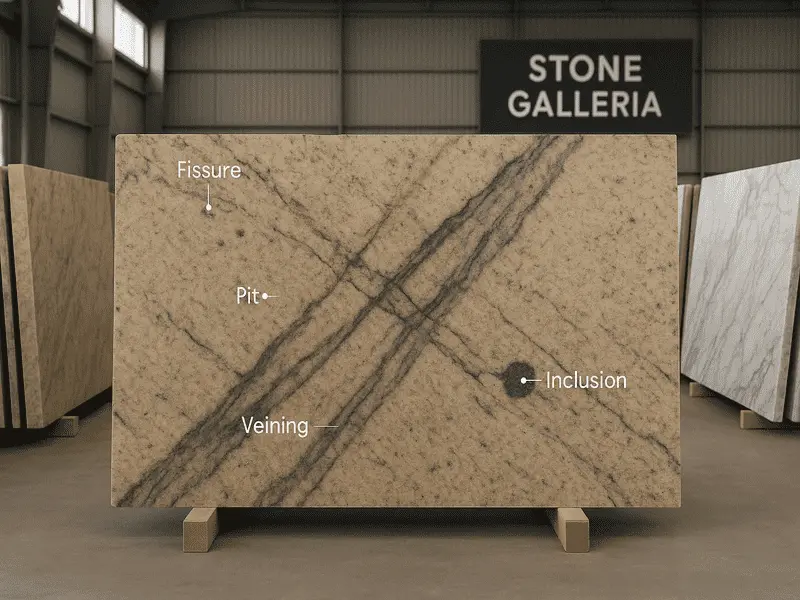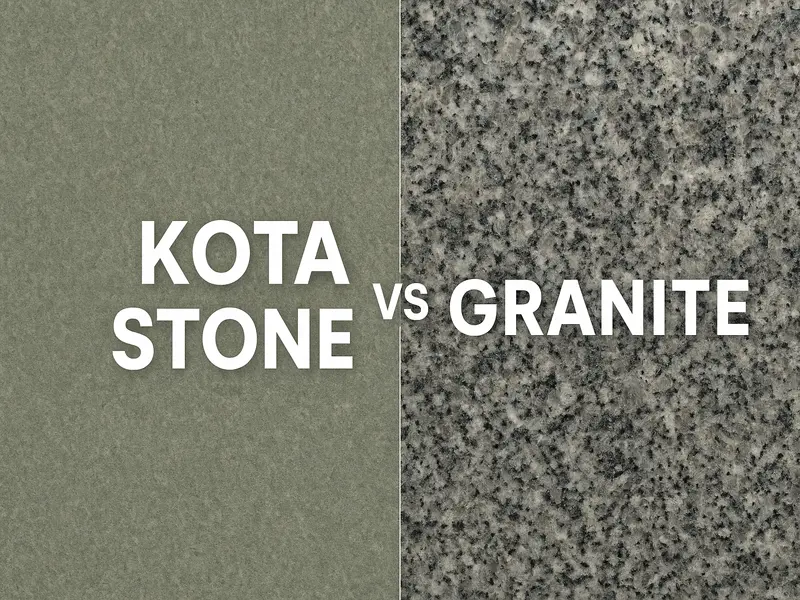As you run your hand across the shiny, smooth surface of your granite countertop, glistening under the kitchen lights, you realize that granite is not only contained in your kitchen. It’s throughout, from the magnificent flooring in airports to the robust curbs at the sidewalks, the park pathways, office building grand entries, and right into the parking lots and the porches. Ever wondered how a product such as granite can be found in so many places? For those who care to learn more, the first thought is how granite is mined. This is done as the first process in the value addition to turn the raw rock into the finished surfaces we see and it is known as granite mining.
History of Granite Mining
Ancient Uses of Granite
Throughout human history, granite has been a building material. Ancient Egyptians did the early and massive dimension granite mining of this igneous rock for building works, making obelisks, and burying the pharaohs’ remains—pyramids. The Romans used it in the construction of temples and public buildings and left a large number of ruins behind.
Evolution of Mining Techniques
Evolution of mining techniques Initially, the mining of granite was done by labor-intensive methods that included chiseling and hammering vast blocks of the stone. Time has, however, made this activity transform with technological advancements. The application of explosives, heavy machines, and diamond wire saws increased the efficiency of this work and considerably saved the need for human labor.
Let’s explore the process of granite mining and discover how granite makes a way from deep within the earth to become a part of our everyday spaces.
Granite Mining Initial Site Selection and Assessment
The process of selecting a suitable site for granite mining begins with extensive geological surveys and assessments conducted by geologists and surveyors. Their primary objective is to identify areas where granite deposits are likely to exist based on geological maps and initial surveys. Environmental consultants are simultaneously engaged to evaluate the potential impact of mining operations on the surrounding ecosystem. This assessment includes studying wildlife habitats, water sources, vegetation, and potential effects on air and water quality. These initial steps are crucial in determining the overall suitability of the site and laying the groundwork for subsequent detailed exploration.
READ | Granite Quarries in India: A State-wise Exploration of Mines and Production
.webp)
Detailed Exploration and Final Assessment in Granite Mining
Following initial site selection and environmental assessment, more detailed geological exploration ensues in granite mining.
This phase often involves drilling core samples to analyze the quality, color variations, and patterns of the granite deposits. Simultaneously, quarry operators initiate the process of obtaining necessary permits and approvals from regulatory agencies, submitting comprehensive environmental impact assessments (EIAs). Based on the findings from geological exploration and environmental assessments, a final decision is made regarding the feasibility and desirability of the site for mining operations.
Mine operators carefully weigh factors such as the quality of the granite, accessibility, environmental impact mitigation measures, and community considerations before commencing mining development. This integrated approach ensures that they conduct mining operations responsibly, respecting both environmental conservation and the quality of the granite resource.
After selecting the site and assessing its suitability, the next steps in granite mining involve detailed quarry planning, obtaining necessary permits, and ensuring compliance with environmental regulations. Community engagement is crucial, and infrastructure development is necessary for operational needs. Upon completion of these preparatory steps and securing the necessary permits, the extraction of granite blocks commences, signaling the start of granite mining operations.

How is Granite Mined?
Granite mining begins with the deployment of heavy machinery such as excavators, loaders, and drilling rigs to access the granite deposits deep within quarries. These machines are essential for tasks like drilling holes for explosives or setting up diamond wire saws, which are primary tools for extracting large granite blocks.
Geologists, mining engineers, environmental consultants, and regulatory authorities collaboratively determine the choice of extraction methods, whether it involves blasting with explosives, using diamond wire saws, or employing hydraulic splitters.
Geologists analyze the geological characteristics of the granite, assessing factors like hardness, grain structure, and depth, while environmental consultants evaluate potential impacts on air quality, water resources, and wildlife habitats.
Regulatory requirements set guidelines for noise levels, safety protocols, and environmental protection measures, shaping the decision-making process. Economic feasibility, safety considerations, and community feedback also influence method selection. This ensures we conduct granite mining operations efficiently and responsibly while respecting environmental and social concerns.
READ | Granite for Building: Exploring the Differences Between Granite Slabs and Tiles

This granite, highly sought after as dimension stone, is largely quarried to create granite slabs and tiles. Once extracted from quarries, trucks transport these granite blocks to production facilities where they are cut into slabs and tiles
To delve deeper into the intricacies of granite mining and processing, including detailed steps from quarry identification to the final polishing of granite slabs, visit our dedicated The Process page. Here, you’ll discover how these raw blocks are transformed into exquisite slab, tiles, and architectural elements that adorn homes and buildings worldwide.
READ | How is Granite Polished? Techniques Used in Factories and On-Site Restoration

How Granite is Mined: From Quarry to Installation
Below pointer outlines the key steps involved in the journey of granite, from granite mining to its installation in various spaces. Each step represents a critical stage in the process, ensuring that granite reaches its final destination in homes, offices, and public places worldwide.
Step 1: Granite is extracted from quarries worldwide.
Step 2: The granite blocks are transported to facilities where they are cut into slabs and tiles.
Step 3: These slabs are then distributed to locations around the world.
Step 4: Fabricators shape the granite slabs according to the desired specifications of the end user.
Step 5: Professionals then install the granite in its final location.
This comprehensive process underscores the meticulous planning, technological precision, and environmental stewardship involved in the mining and processing of granite, making it a prized material for diverse applications worldwide.
Browse Ethically Sourced Granite at Stone Galleria
Explore Stone Galleria’s comprehensive guide to ethically sourced granite. From detailed insights on mining processes to a stunning collection of granite slabs for your project, find everything you need to elevate your space. Visit our factory or call us to place your order today to discover the perfect blend of quality, sustainability, and timeless elegance.


 Fact Checked
Fact Checked









![Latest GST on Granite Slabs & Blocks [2025 Chart + HSN + Price Examples]](https://stonegalleria.in/admin/images/blog/latest-gst-on granite.webp)




